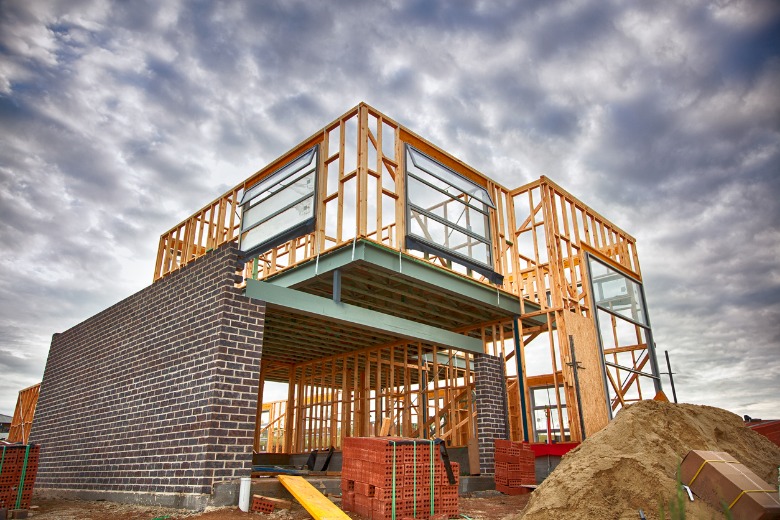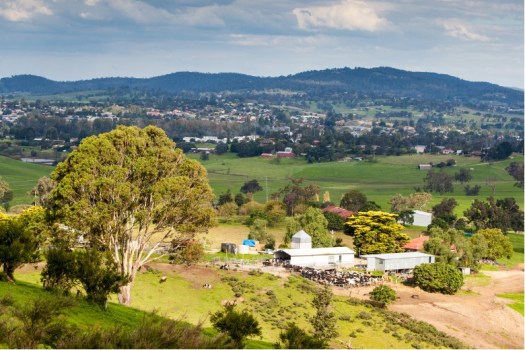
An independent report on housing and the planning system in regional NSW has highlighted the challenges faced by local councils in meeting demand.

The Regional Housing Taskforce report details feedback from consultation with more than 500 people across regional NSW, including 95 regional councils.
The data indicates that the increased level of migration to regional NSW has coincided with a reduction in the number of people moving out of regional areas.
Many regional councils told the taskforce that the number of people moving to regional NSW had accelerated, and identified the need to deliver more diverse and accessible housing.
However their ability to resource infrastructure works, strategic planning and technical studies is hindering their ability to do this.
Many said they have to prioritise resources and make trade-offs.
This was particularly the case for smaller councils with small rate payer bases to leverage.
“Councils with multiple active growth fronts can face significant challenges in prioritising works and resources,” the report says.
Rate pegging a constraint
The ability for councils to levy charges to fund critical and essential infrastructure, on top of recurring asset maintenance was raised as a significant challenge, the task force says.
Specifically, rate pegging was identified as a constraint to councils trying to address infrastructure backlogs.
Attracting qualified staff is also a problem for regional and remote councils, with a general shortage of qualified certifiers, building surveyors and planners reported and many of the consultant services they need centred in metropolitan or larger regional centres
The impact of developer contributions on development feasibility was also reported to the taskforce, with some stakeholders claiming that contributions were making projects unviable.
Cost shifting
Many regional councils recognised the opportunity for local councils to assist in the provision of social and affordable housing through local planning policy and council-led initiatives and partnerships, and the taskforce said it heard of many successful projects.
However, a number of council respondents thought that too much emphasis was being placed on local government to support and enable affordable housing delivery, with responsibilities and costs shifted from Commonwealth and State levels.
Planning minister Rob Stokes said. the report painted a clear picture of the unqiue factors affecting housing in regional communities.
“The report confirms COVID-19 has accelerated an existing trend of people moving from the city to the bush, and this has had an acute impact on regional housing markets,” he said.
“The findings tell us what regional communities need to better support their housing needs.”
Key issues raised in the report:
- Greater prioritisation needed on coordinating and delivering infrastructure to support new homes
- A need for collaboration between all levels of government, the housing development industry and the community to develop the right type of housing where it’s needed
- Need to speed up planning processes and reduce duplication, particularly where opportunities to provide housing are time-critical
- Demand for more affordable and diverse housing in line with changing demographics, jobs growth, natural disasters, and migration trends
Regional Housing Taskforce Chair Garry Fielding says the taskforce is preparing detailed recommendations for the NSW government to consider in October.
“The communty’s feedback will be used to develop recommendations outlining how the planning system can address housing needs and stimulate supply,” Mr Fielding said.
Comment below to have your say on this story.
If you have a news story or tip-off, get in touch at editorial@governmentnews.com.au.
Sign up to the Government News newsletter



